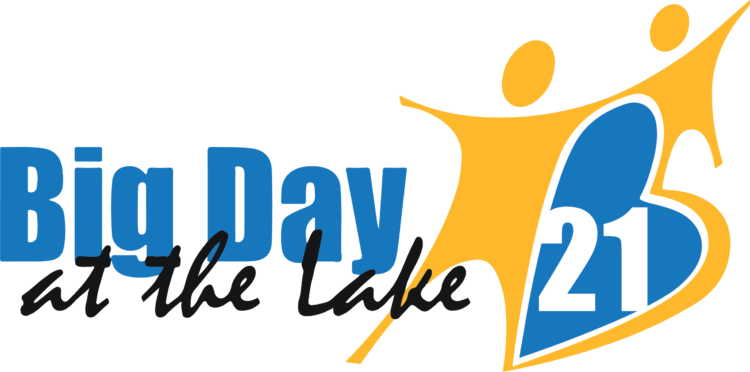
In a press conference today President Donald Trump announced payrolls rose by 4.8 million last month
July 2. North Carolina’s unemployment claims are recovering more slowly than the rest of the country; in fact, the state is experiencing the eighth slowest recovery nationwide, according to a new study.
A WalletHub study of jobless claims compared the time period from the middle of March this year to the week of June 24 to the same time frame last year.
In North Carolina, there were 1,144,446 unemployment insurance claims between the week of March 16, 2020 and the week of June 22, 2020 vs 46,214 between the week of March 18, 2019 and the week of June 24, 2019. For math fans, it’s a difference of 2,476.41 percent.
Another way to look at North Carolina is on the basis of unemployment claims the week of June 22 compared to the week of Jan. 1, 2020. WalletHub reports 28,710 the week of June 22 compared to 3,508 the week of Jan. 1 this year.
Nationwide, new unemployment claims have been on an overall downward trend since May, which demonstrates that the process of beginning to reopen has had a positive impact, and many workers who were temporarily laid off while their employers remained closed are now being rehired.
US adds record number of jobs
President Trump announced this morning that the US economy added a record 4.8 million jobs in June, according to the Bureau of Labor Statistics.
North Carolina, however, put a pause on reopening, based on stubborn COVID-19 data which show no signs of slowing down. Gov. Roy Cooper last week said we will remain in Phase 2 reopening until July 17.
It means the July 4 holiday weekend will present a challenge. Gatherings of more than 10 people in a single indoor space remains prohibited. In confined outdoor spaces, gatherings of more than 25 people are prohibited. These mass gathering limits include parades, fairs, festivals, auditoriums, stadiums, arenas, conference rooms and meeting halls.
How it plays out for small business
Some business owners, workers, and customers may remain reluctant to re-open, work, or patronize businesses for fear of spreading or contracting COVID-19.
“This may fade slowly through the end of the year but is not likely to mostly dissipate until a vaccine is readily available,” said Michael Toma, Ph.D., an economics professor at Georgia Southern University.

MICHAEL TOMA
Nationally, another 1.4 million Americans filed for unemployment benefits last week but the US unemployment rate fell to 11.1 percent. The numbers are improving, but the pandemic’s full economic impact is still undetermined.
There is a high degree of uncertainty remaining in the people-intensive service sector that is bearing the highest proportion of job losses.
“Some business owners, workers, and customers may remain reluctant to re-open, work, or patronize businesses for fear of spreading or contracting COVID-19. This may fade slowly through the end of the year but is not likely to mostly dissipate until a vaccine is readily available,” Toma said.
Leases and retail
Even among service sector businesses that re-open, the business model may not be viable in the immediate future. Restaurants, for example, may have to virtually cut their revenue in half If social distancing requirements limit occupancy to 50 percent of capacity.

KATHLEEN ROSE
“The change wrought by the COVID-19 crisis and its aftermath will teach us about priorities, resilience, and demand in ways that we did not dare test before,” said Kathleen Rose, CEO of Rose & Associates SE, a real estate consulting and urban planning firm in Davidson.
“In examining real estate markets, we must consider existing fragility, adaptability to new demands, and potential relevance to new markets. Demand will be defined by the extent to which this crisis leads us to abandon old habits and adopt new ones. The duration of the lockdown has been a factor, and so is the confidence with which we emerge,” she said.

Discussion
No comments yet.